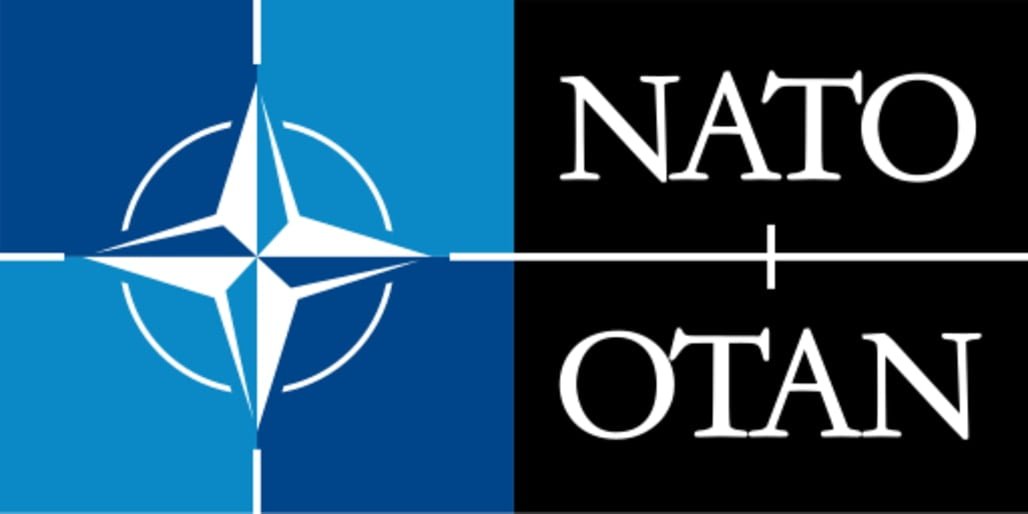NATO (North Atlantic Treaty Organization)
The North Atlantic Treaty Organization, NATO or the Atlantic Alliance (Organisation du traité de l’Atlantique Nord or OTAN in French), is an international organization of a political and military nature, which aims to ensure the freedom and security of its members through political and military means.
1. Western alliance
The North Atlantic Treaty Organization (NATO) was formed in 1949.
This alliance established strong relations between Europe and the United States which aimed, during the Cold War, to deter the Soviet Union from any attempts at territorial expansion. France is one of the 12 founding members. After the collapse of the Soviet Union, it expanded to other Eastern European countries. Now has 30 members. The goal is reassessed in the face of the emergence of new threats, especially terrorists.
2. A collective defense
Article 5 of the North Atlantic Treaty is at the heart of the alliance. It stipulates that “an armed attack against one of its members shall be considered an attack directed against all parties”.
Consequently, if a member country is attacked, the other members undertake to assist it in the exercise of the right of self-defence, individual or collective, recognized by Article 51 of the United Nations Charter.
3. An evolving strategy
The strategic concepts that define how NATO perceives and responds to its environment have evolved over time.
The concepts of massive retaliation or flexible response, developed in the context of the Cold War, gave way to new fundamental tasks such as collective defence, crisis management and cooperative security.
4. A civil and military organization
NATO has very few forces of its own. When an operation is approved by the North Atlantic Council, its military assets are provided to it by member states on a voluntary basis.
5. Iconic Missions
During the Cold War, NATO did not conduct military operations. It was in 1995 that it embarked on its first major crisis management operation in Bosnia and Herzegovina. In 2001, following the September 11 attacks, the Alliance invoked Article 5 for the first time in its history.
Read also: War in Ukraine | Why did Putin choose war?
In 2003, it took command of the International Assistance and Security Force in Afghanistan. Today, 20,000 men take part in NATO missions. It operates in particular in Kosovo, the Mediterranean, Iraq and Somalia.
Good to know: In 1966, France left the integrated military organization of NATO, while remaining a member of the alliance. Its headquarters then moved from Paris to Brussels. In 2009, she became a full member again.
NATO member countries
The 12 founding states, who signed the initial 1949 treaty:
- United States
- United Kingdom
- Belgium
- Canada
- Denmark
- France
- Iceland
- Italy
- Luxembourg
- The Netherlands
- Norway
- Portugal
30 Members of NATO
The member states are Albania, Germany, Belgium, Bulgaria, Canada, Croatia, Denmark, Spain, Estonia, United States, France, Greece, Hungary, Iceland, Italy, Latvia, Lithuania, Luxembourg, North Macedonia, Montenegro, Norway, Netherlands, Poland, Portugal, Czech Republic, Romania, United Kingdom, Slovakia, Slovenia and Turkey.
Sources: PinterPandai, The Balance, Britannica, National Wolrd
Photo credit: Wikimedia Commons (Public Domain)
Countries that hate each other the most | Exploring the Most Tense International Rivalries



